Uterine Fibroids in Korea
SH CLINIC KOREA
Uterine fibroids are benign tumors that occur in the smooth muscles that make up most of the uterus.
uterine fibroids in Korea
Depending on where they occur in the uterus, they are divided into subserosal, submucosal, and intramuscular myomas, and their size gradually increases due to female hormones and growth hormones.
SH CLINIC KOREA
Why uterine fibroids need treatment before pregnancy
The endometrium is the part where the baby’s sheath is implanted, and if there are uterine fibroids in the endometrium, it can interfere with implantation. It is recommended that treatment be determined based on the size and growth rate of the individual’s uterine fibroids.
early pregnancy
Depending on the location and size of uterine fibroids, the risk of infertility increases, making pregnancy difficult.
second trimester
Degeneration of fibroids during pregnancy can cause pain and there is a risk of early miscarriage.
late pregnancy
The weight of uterine fibroids may cause uterine atony, and there may be a risk of dystocia and postpartum hemorrhage.
SH CLINIC KOREA
Uterine fibroid symptoms
Approximately 10-20% of uterine fibroids cause the following symptoms depending on the size, number, and location. If it interferes with daily life or increases in severity, treatment is absolutely necessary.
increased pelvic pain
It occurs due to enlargement of the uterus in proportion to the increase in the size of the tumor.
pressure
It occurs due to pressure on organs around the uterus due to giant uterine fibroids.
Infertility and Miscarriage
Depending on the size and location of the myoma, it may interfere with safe implantation.
menstrual bleeding
Menstrual cramps become worse and irregular bleeding increases.
SH CLINIC KOREA
Types of uterine fibroids
Although uterine fibroids are not cancerous, they can cause various symptoms depending on the size, number, and location of occurrence, so it is important to detect them as early as possible through an accurate examination and take action at the appropriate time.
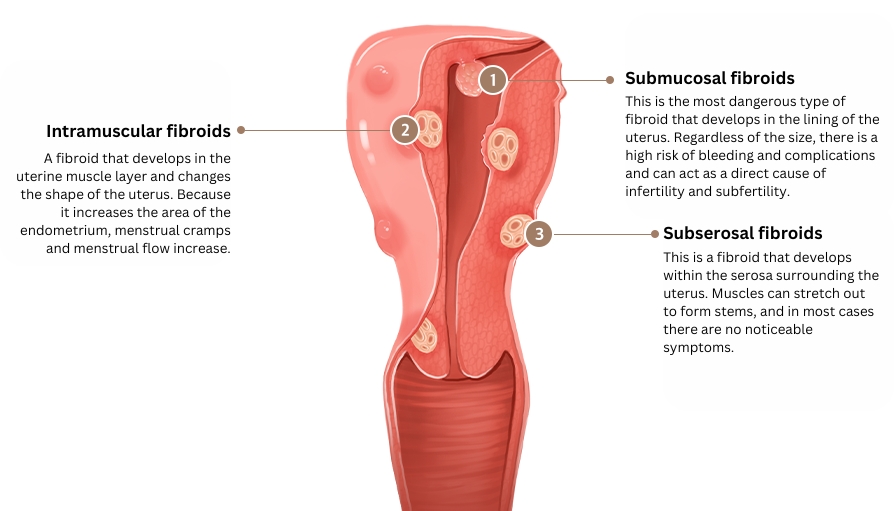
SH CLINIC KOREA
Types of Uterine Fibroid Treatment
Uterine fibroid treatment analyzes the individual’s health status, tumor characteristics, and childbearing desires, and suggests appropriate treatment according to the uterine condition.
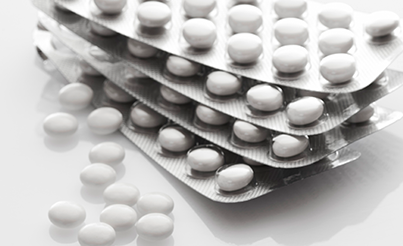
medication
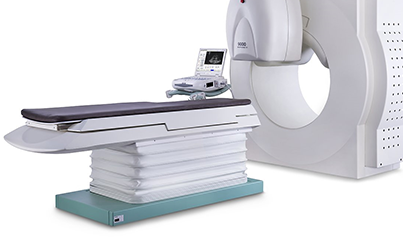
hifu
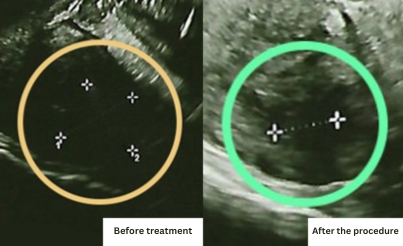
high frequency dissolution
SH CLINIC KOREA
What is radiofrequency dissolution?
Radiofrequency dissolution is a method of inserting a needle that generates radiofrequency into the center of the uterine fibroid or adenomyosis and treating the fibroid through radiofrequency heat (approximately 250°C) emitted from the tip of the needle. It is the most effective method because it combines minimal incision and radiofrequency. It is an effective and widely used treatment.
01
A treatment that minimizes damage to the uterus, making normal pregnancy possible.
02
In case of recurrence, reoperation is simple.
03
No scars occur due to surgery and there is almost no long-term adhesion after the procedure.
04
The procedure can be performed under semi-sedative anesthesia and the procedure time is short. There are no aftereffects, so you can be admitted and discharged on the same day.
05
Treatment can be performed on fibroids of various numbers/sizes
06
There is little bleeding during the procedure and symptoms improve quickly.
SH CLINIC KOREA
Precautions and side effects
Implant vaginoplasty has surgical techniques depending on the patient’s vaginal condition. You can have the vaginoplasty surgery that is right for you with peace of mind.
In rare cases, there may be a risk of skin burns.
We recommend that you quit smoking, drinking, and take rest after the procedure.
There may be some increased vaginal discharge after the procedure.
In rare cases, side effects such as bleeding or pain may occur after the procedure, and if symptoms persist, a visit to the hospital is required.
SH Clinic’s Medical Philosophy
Effective treatment design through accurate diagnosis after a detailed examination and a 1:1 personal consultation with a specialist.
Sophisticated and delicate treatment utilizing state-of-the-art medical equipment certified for safety. We perform only safe treatments, minimizing side effects.
The recovery process and speed vary based on individual conditions. We provide 1:1 customization through periodic checkups even after the procedure to ensure optimal follow-up management.
What’s special about SH Clinic?

1:1 customized treatment by an obstetrician/gynecologist
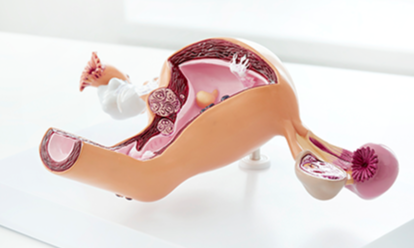
Constant research and clinical experience in various cases
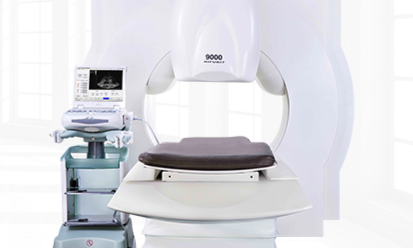
Introduction of safe, high-performance, state-of-the-art medical equipment
Frequently Asked Questions
What is the treatment approach for uterine fibroids at SH Clinic in Korea?
SH Clinic in Korea evaluates the individual’s health, tumor characteristics, and childbearing desires to suggest the most appropriate treatment for uterine fibroids. Depending on these factors, treatments like radiofrequency dissolution, which targets fibroids with minimal incision, might be recommended.
Why is early detection of uterine fibroids important before undergoing treatment at SH Clinic?
Early detection of uterine fibroids is crucial because they can cause varying symptoms based on their size, number, and location. Identifying fibroids early through accurate examination allows SH Clinic to recommend timely and effective treatment options, ensuring better health outcomes.
How does radiofrequency dissolution work for treating fibroids at SH Clinic?
At SH Clinic, radiofrequency dissolution involves inserting a needle that emits high-frequency heat into the fibroid or adenomyosis. This method effectively treats the fibroid by generating heat at approximately 250°C, leading to a minimally invasive procedure with less recovery time and effective results.
